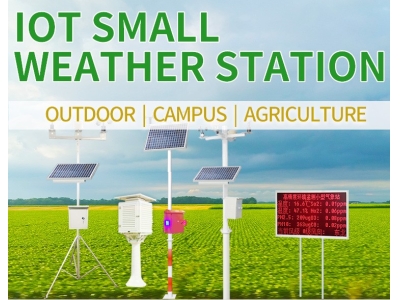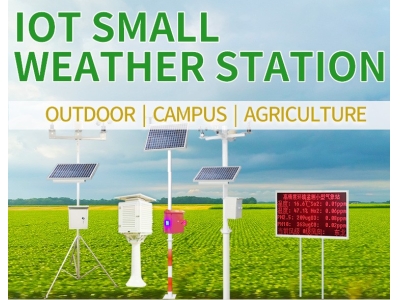Weather stations have been a crucial tool for farmers for many years, providing real-time data on weather conditions that can help to inform irrigation decisions and optimize crop production. However, with advancements in technology, weather stations are becoming even more sophisticated and powerful, offering farmers a range of new benefits and capabilities.

One of the most exciting developments in weather station technology is the use of artificial intelligence (AI) and machine learning algorithms. These technologies can help to analyze large amounts of data from weather stations, as well as other sources such as satellite imagery and soil sensors. By analyzing this data, AI algorithms can provide farmers with insights and recommendations on irrigation schedules, crop management, and other factors that can impact crop yields.
Another important advancement in weather station technology is the use of drones and other unmanned aerial vehicles (UAVs) to collect data on weather conditions. Drones can be equipped with sensors that measure temperature, humidity, wind speed, and other weather parameters, providing farmers with real-time data on conditions in their fields. This data can be used to inform irrigation decisions, as well as to detect and respond to crop damage or other issues.
In addition to AI and drones, weather station technology is also benefiting from improvements in data connectivity and communication. With the advent of the Internet of Things (IoT), weather stations can be connected to the internet and other devices, allowing farmers to access real-time data from anywhere. This can help to improve the efficiency and effectiveness of irrigation systems, as well as to reduce water usage and other resources.
Another important area of development in weather station technology is the use of sensors and other devices to measure soil moisture levels and other factors that can impact crop production. These devices can be installed in the soil or on plants, providing farmers with real-time data on the health and status of their crops. This data can be used to optimize watering schedules, as well as to detect and respond to issues such as nutrient deficiencies or pest infestations.
Overall, the future of agriculture is looking bright thanks to advancements in weather station technology. With AI, drones, IoT connectivity, and other innovations, weather stations are becoming more powerful and versatile than ever before. These technologies are helping farmers to optimize their irrigation systems, increase crop yields, and adapt to changing weather patterns and other environmental factors. As we continue to develop and refine these technologies, we can look forward to a more sustainable and productive future for agriculture.






